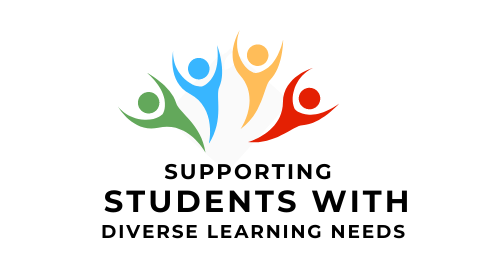- Attention and concentration effect a variety of tasks. Students who struggle with attention and concentration may have difficulty focusing for long periods in class, they may also struggle with reading comprehension and written expression.
- Difficulties are not due to laziness. Instructors can interpret difficulties with attention/concentration as showing a lack of interest or motivation on a course. In fact, the student may be exerting considerable effort, despite the mixed outcomes.
- Deadlines and exams are a challenge. Students can become quickly overwhelmed by deadlines and during exam periods.
- Invisible disabilities. Disabilities that result in difficulties in maintaining concentration and focus are usually invisible. Students with invisible disabilities may choose not to disclose their disability. If you see that a student is struggling, you can talk with him or her privately about supports such as the Disability Services Office that may be a useful resource if a medical condition is a contributing factor or the cause.
- Build variety into classes. Plan for regular breaks in classes and include a variety of activities.
- Reduce distractions. Ensure that the classroom environment is as quiet and free of distractions as possible. Students may choose to sit at the front of the class to help them focus on the instructor.
- Outline lesson objectives. Provide a clear outline of learning objectives at the start of each class and how they relate to material covered in the last class. This helps students connect new content to these objectives and to previous learning. When information is meaningful to students, it can be easier to maintain their attention on the topic at hand.
- Provide opportunities for students to apply their knowledge in class. Build in opportunities for students to actively use their new knowledge in class (e.g. discussions, activities that get students moving and engaged). These approaches help activate student thinking, engagement, and meaning-making. Greater engagement can lead to greater focus.
- Provide feedback and support. Meet with the student to help them assess their strengths and weaknesses on a course and discuss possible strategies for improvement.
- Use of a note taker or digital recorder for lectures.
- Preferential seating at the front of the class.
- Exam accommodations:
- Allow student to write tests and exams in a distraction-reduced location and with more time.
- Peer tutoring/study skills support
- Disabilities impacting attention and concentration include Attention Deficit Disorder, Mental Health Disorders and Traumatic Brain Injury.
- Certain medications can also impact attention and concentration.
- Students with chronic pain conditions, such as migraines or fibromyalgia, or those dealing with disability-related fatigue can also experience reduced ability to maintain concentration and focus due to the functional impacts of these conditions.
Case Study
Mary had always been viewed as intelligent by her friends and teachers. However, she usually only made average – and sometimes poor – grades in high school. For Mary, school was boring and she didn’t enjoy studying. Fortunately, she was able to get through most of her classes by doing the bare minimum of work.
This all changed when Mary went to college. Suddenly she found herself getting poor grades and was in danger of failing some courses. She decided to work harder to bring her grades up. She tried taking better notes, reading her textbook more, and staying more focused, but this didn’t seem to be enough. And worse, she discovered that she had a really hard time doing what she was supposed to – when she was reading her textbook she couldn’t remember what she had just read. She tried sticking to a study schedule, but would forget about it the next day. Eventually, she received a referral to a psychologist through her family physician. The psychologist asked Mary questions about her past schooling and what she had felt like when she tried to study or pay attention in class. Following the administration of a complete psychoeducational assessment, the psychologist concluded that Mary qualified for a diagnosis of ADHD.
Following her diagnosis, Mary continued to work with the psychologist, her instructors, and the disability services personnel at her institution to develop strategies and accommodations to help her manage the challenges she faced due to her disability.
Mary practiced new studying strategies, found more efficient ways to organize tasks, and eventually found she was able to study longer and retain more of what she read. In addition, Mary now recorded and reviewed every lecture she attended, which allowed her to catch anything she missed the first time.
Videos
Sami’s Experience with Accommodation for Attention Deficit Disorder:

